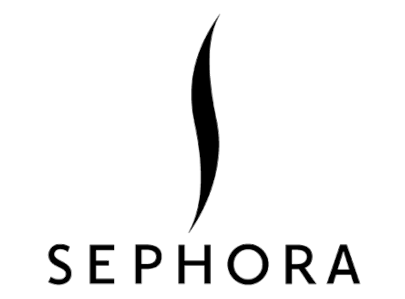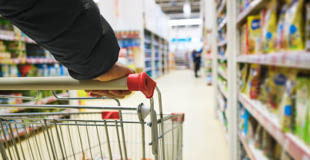Key Findings
- Sephora has a robust safer chemicals policy for its private-label products and since 2019 has been taking significant steps forward in addressing chemicals of high concern (CHCs) in branded products it sells. Its voluntary, but growing, “Clean at Sephora” program provides a particularly transparent and comprehensive approach.
- In July 2020, Sephora provided an update on the implementation of its broad safer chemicals policy, which showed significant progress in eliminating CHCs from products it sells and outlined significant efforts to help ensure CHCs are replaced with safer alternatives. This additional information, as well as its support of new initiatives, including ChemFORWARD and Novi, which will help increase information available on the hazards of alternatives, drove an increase in its score this year.
Recommendations for Sephora
- Sephora can make progress by making public its beyond restricted substance list (BRSL) for its private-label products.
- We urge the company to eliminate and safely replace any per- and polyfluoroalkyl substances (PFAS) that may be in the products it sells. The company should also eliminate plastics of environmental health concern from its product and packaging materials and should take swift action to eliminate and safely replace key chemicals of concern from the beauty products of environmental justice concern that it sells. Sephora should publicly disclose the alternatives used to replace CHCs after eliminating them.
- The company should follow up on its initial exploration and become a signatory to the Chemical Footprint Project and use it with key private label suppliers.
Grade History
How does Sephora compare to its competitors?
Analysis of Sephora
Oversight: Established management responsibilities and incentives
Disclosure: Requires suppliers to report use of chemicals in products to retailer
Action: Reduced or eliminated chemicals of high concern (CHCs) or plastics of environmental health concern (PEHCs) within the last three years
Safer Alternatives: Evaluates safer alternatives, avoids regrettable substitutes
Transparency: Demonstrates a commitment to transparency and public disclosure
Third-party Standards: Promotes credible third-party standards for safer products
Extra Credit:
Joint Announcement: Public commitment demonstrated through joint announcement
Continuous Improvement: Shows continuous improvement by steadily expanding safer chemicals policy
Collaboration: Actively participates in collaborative process to promote safer chemicals
Impact Investment: Investing financial resources into independent research into safer alternatives and/or green chemistry solutions


